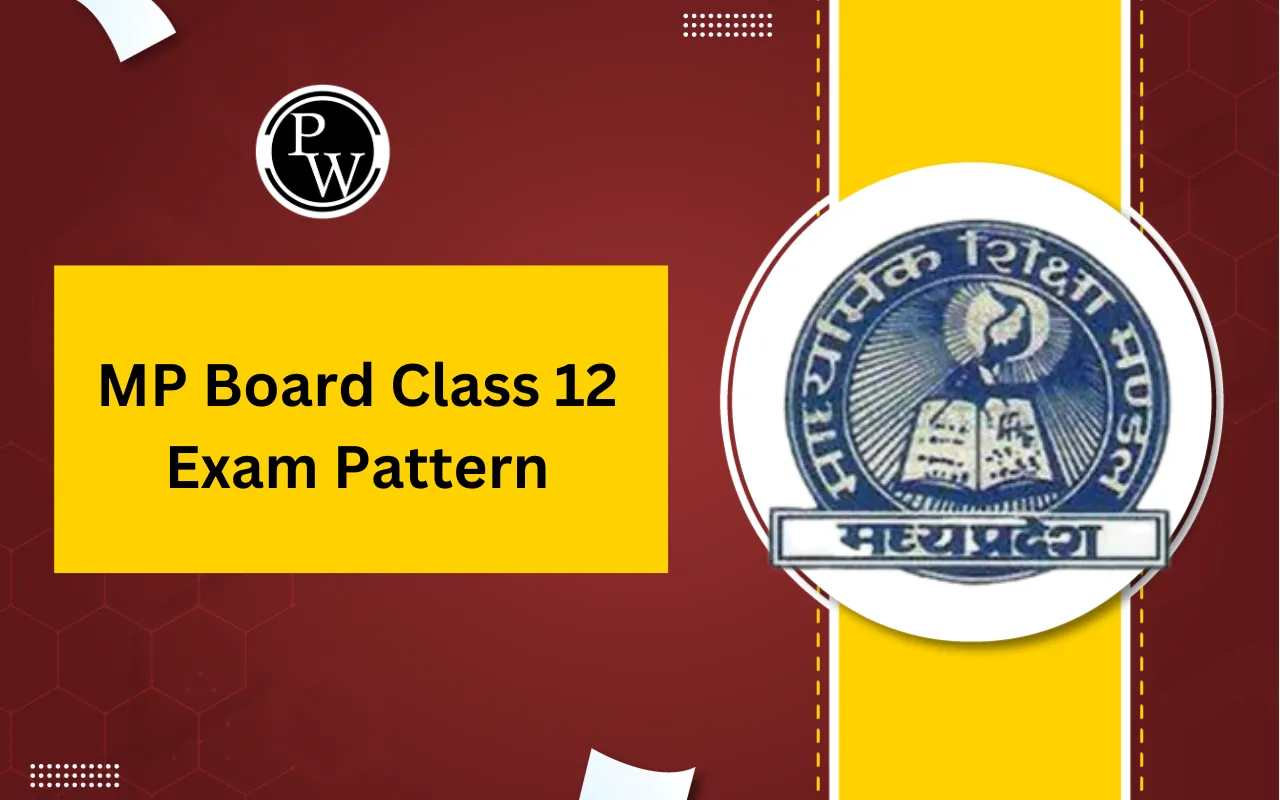
he Madhya Pradesh Board has released the syllabus for Science for Class 9. The syllabus aligns with the NCERT curriculum, preparing students for higher classes like Class 10. Students must thoroughly study for the exams by relying on the syllabus for a complete and strategic preparation.
The MP Board Class 9 syllabus provides a comprehensive understanding of the syllabus of all the subjects including Maths, Social Science, Hindi, and even language subjects like Gujrati, Sindhi, and more. The syllabus prioritizes language learning as well as theoretical knowledge.
Unlike ICSE board, the MP board has combined all the three science subjects i.e., Biology, Chemistry, and Physics in one subject Science. It becomes essential for students to understand the syllabus to gain knowledge in the field of science.
MP Board Class 9 Science Syllabus 2025
The MP Board curriculum provides a structured marking scheme to help students understand the weightage of different question types. This allows them to focus on important sections while preparing for the exam.
The subject marks i.e., 100 marks is divided into 2 parts:
-
Written Exam: 75 marks
-
Project/ Internal Assessment: 25 marks
The written exam is also divided into Objective and Subjective sections, where the objective section carries 30 marks and the subjective section carries 45 marks. The Objective section is further divided into questions like fill ups, choose the correct option, true/false, and choose the correct pair.
The Objective section tests a students’ basic understanding and conceptual clarity. These types of questions also help students to score well if they’ve prepared well. They are easily solved and scored. To score well, students must focus on key concepts, definitions, and factual details from their textbooks.
|
Division of Marks in the Objective Section (30 marks) |
|||
|
Question No. |
Question Type |
Marks per Question |
Total Marks |
|
1. |
Correct Option |
1 |
6 |
|
2. |
Fill in the Blanks |
1 |
6 |
|
3. |
True/False |
1 |
6 |
|
4. |
Correct Pair |
1 |
6 |
|
5. |
One-sentence Answer |
1 |
6 |
|
Total (Q.1 - Q.5) |
Objective Questions |
30 |
|
The Subjective section carries 45 marks further dividing the questions into three categories: short, medium, and long answers questions. This section tests a students’ problem-solving skills, understanding of concepts, and the ability to explain those concepts in detail.
The short answer questions carry 24 marks and these questions ask for brief explanations. It majorly includes definitions or small- numerical problems. An example of a short-answer question is: "What is the difference between mass and weight?"
The medium answer questions carry 9 marks, and they demand slightly detailed explanations requiring examples and diagrams. An example of a medium-answer question is: "Explain Newton’s three laws of motion with suitable examples."
The final set of subjective questions i.e., long answer questions carries 12 marks, requiring detailed explanations and labeled diagrams or comparisons. An example of a long-answer question is: "Describe the structure of an atom with the help of Bohr’s atomic model."
|
Division of Marks in the Subjective Section (45 marks) |
|||
|
Question No. |
Question Type |
Marks per Question |
Total Marks |
|
6-17 |
Short Answer Questions |
2 |
24 |
|
18-20 |
Medium Answer Questions |
3 |
9 |
|
21-23 |
Long Answer Questions |
4 |
12 |
|
Total (Q.6 - Q.23) |
45 |
||
To score well in the subjective questions, students must solve previous years’ papers for better understanding of the concepts and practice answer writing to improve their answer writing skills.
MP Board Class 9 Science Syllabus 2025 Marking Scheme
The Marking scheme allows students to plan their study schedule accordingly. It emphasizes the importance of each chapter, bringing an impact in the education system. Students must prioritize high weightage topics in order to gain higher marks.
Students must go through the previous years’ papers to analyze the exam pattern and to understand the frequently repeated questions. MP Board Class 9 Science Syllabus combines all the three sciences, hence it becomes important for students to focus on conceptual clarity and connect concepts to real life situations for better understanding.
The MP board has provided the marking scheme for the Class 9 science syllabus. Refer to the table before beginning your preparation for the exams. The MP Board has also provided the complete Marking Scheme PDF for preparation of the exams.
|
MP Board Class 9 Science Syllabus 2025 Marking Scheme |
||
|
No. |
Chapter |
Allocated Marks |
|
1. |
Matter Around Us |
6 |
|
2. |
Are the Substances Around Us Pure? |
7 |
|
3. |
Atoms and Molecules |
7 |
|
4. |
Atomic Structure |
7 |
|
5. |
Fundamental Unit of Life |
6 |
|
6. |
Tissues |
7 |
|
7. |
Motion |
8 |
|
8 |
Force and Laws of Motion |
6 |
|
9 |
Gravitation |
5 |
|
10 |
Work and Energy |
6 |
|
11 |
Sound |
5 |
|
12 |
Improvement in Food Resources |
5 |
|
Total |
75 |
|
MP Board Class 9 Science Syllabus 2025: Steps to Download
Students must download the syllabus before beginning their preparation for a structured exam preparation. Follow the instructions:
-
Firstly, visit the official website of MP Board (mpbse.nic.in)
-
Then, look for the academics or syllabus section on the main page
-
In the syllabus section, choose ‘Class 9’
-
The syllabus will be downloaded.
MP Board Class 9 Science Syllabus 2025 Download PDF
The official syllabus PDF allows students to strategize their exam preparation by understanding the key topics in the syllabus. As the syllabus combines all the three sciences, students must prepare every chapter effectively to have a strong foundation for higher classes.
The syllabus PDF is provided below for easy access. Students can download the syllabus, go through the chapters and begin their preparation by prioritizing important topics.
Do you need help with your homework or preparing for exams?
Study without using the internet
MP Board Class 9 Science Syllabus 2025 Benefits
-
The syllabus allows students to focus on the high weightage topics and understand the concepts thoroughly. Students must understand the underlying concepts rather than memorizing concepts.
-
Numericals from Physics and Chemistry require daily practice for improving speed and accuracy.
-
Solve previous years’ papers to understand the exam pattern, the marking scheme, and the important topics that appear in the exam.
-
Practice diagrams for gaining higher marks. Well drawn diagrams with labellings help students gain higher marks.
-
Make short notes for quick revision. Write derivations, formulas, and important definitions for recalling information easily.
MP Board Class 9 Science Syllabus 2025 FAQs
Which is the easiest Science chapter?
How many chapters are in Class 9 Science?
How to pass Class 9 Science?
Is Class 9 very important?










